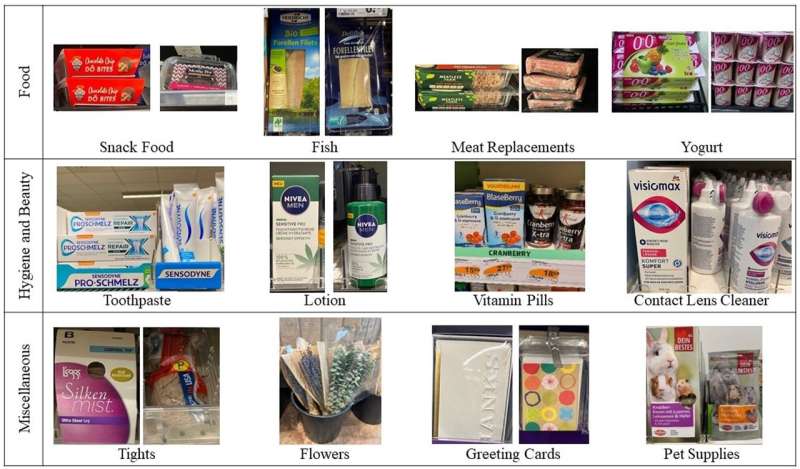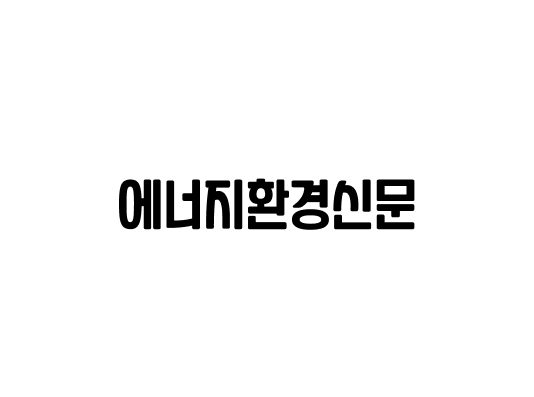
Examples are plastic-plus-paper products and plastic-packaged products. Examples of packaging from various grocery stores and pharmacies. Each row has four different pairs of products where the left product is wrapped in plastic and paper and the right product is wrapped in plastic only. Credit: Journal of Consumer Research (2023). DOI: 10.1093/jcr/ucad008
Many products are wrapped in multiple layers of material, which generates a lot of packaging waste. Tilburg University researcher Tatiana Sokolova found that unnecessary paper packaging creates the illusion of sustainability, because paper is perceived by consumers as environmentally friendly—even if it does more harm than good. “Intent and perceived continuity are not necessarily the same thing.”
Packaging waste is a serious environmental problem worldwide. The US Environmental Protection Agency reports that more than 80 million tons of packaging were produced in 2018, two-thirds of which were plastic or paper. When the packaging is no longer used, some of it is recycled and some goes to the landfill. Despite the potential environmental and financial benefits of reducing excess packaging, many products remain excess.
Plastic + paper is seen as more environmentally friendly
Tatiana Sokolova, associate at the Faculty of Economics and Management at Tilburg University, researched how consumers react to such overpackaging, where unnecessary paper is added to plastic. Eight studies with consumers from the Netherlands, the US and the UK show that people rate plastic + paper packaging as more environmentally friendly than the same plastic packaging without paper.
Because of their biased view of environmental friendliness, consumers are willing to pay more for surplus products and are more likely to choose them.
Impact of the ‘minimal packaging’ label
In one of the studies, a test was conducted with a small package. In this, a group of participants can choose between a muesli bar wrapped in plastic + paper or only plastic. Another group of participants could also choose between bars wrapped in plastic and paper or just plastic. But now there’s a sticker on the plastic-only option that says “minimal packaging.”
In the first group, without the intervention, people were generally more likely to choose the visually overwrapped plastic + paper muesli bar than the plastic-only alternative. When the “minimal packaging” sticker was added to plastic packaging, consumer preferences changed. They have become more inclined to choose the small packaged muesli bar over the bulky plastic + paper counterpart.
Sustainable choices
“The more general lesson from this research is that intention and perceived sustainability are not necessarily the same thing,” says Tatiana Sokolova. “If we want consumers to make more sustainable choices, we must first consider whether they know what a sustainable choice means. And if consumers’ perception of sustainability is biased, we need to find interventions that better align the sustainability objective and sustainability perspectives.”
The study was published in Journal of Consumer Research.
More information:
Tatiana Sokolova et al, Paper Meets Plastic: The Perceived Environmental Friendliness of Product Packaging, Journal of Consumer Research (2023). DOI: 10.1093/jcr/ucad008
Provided by Tilburg University
Citation: How unnecessary paper packaging creates the illusion of sustainability (2023, July 25) retrieved on 25 July 2023 from https://phys.org/news/2023-07-unnecessary-paper-packaging-illusion-sustainability.html
This document is subject to copyright. Except for any fair dealing for the purpose of private study or research, no part may be reproduced without written permission. Content is provided for informational purposes only.
